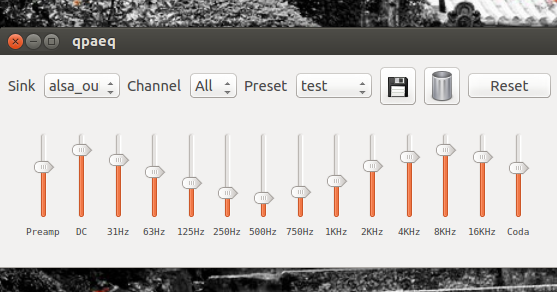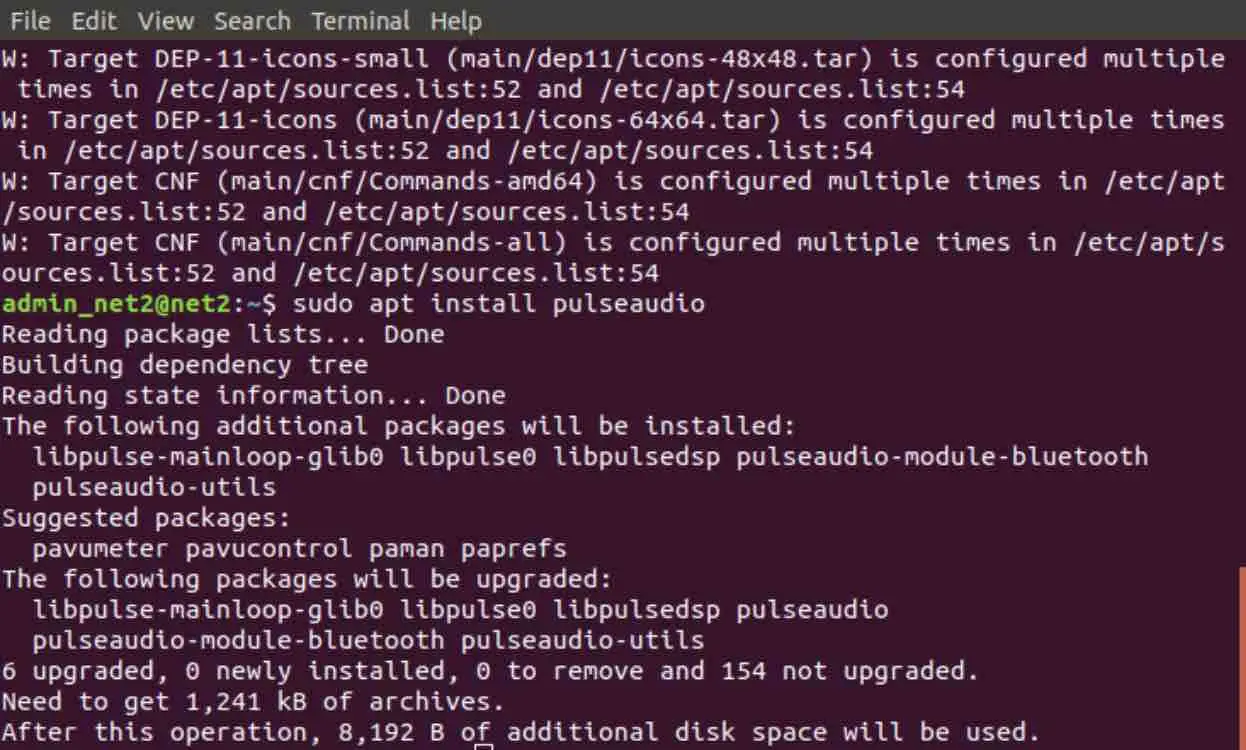

Now launch paman (which appears in your menu as the PulseAudio Manager).
Pulseaudio install install#
If you don't have the program paman installed, then install it now. Testing that PulseAudio is in fact working Usually it is enough to add the user to the group in question and you can immediately begin using the server. You usually accomplish this by listing those users as secondary group members in the file /etc/group. Allowing users access to the audio serviceĪdd every user that is allowed to use the audio device to the group pulse-access. This will cause the system-wide PulseAudio server to restart and discover the sound hardware devices that might have been hogged by the PulseAudio server running as your own user. Combined with the configuration change you just enacted, this will prevent PulseAudio from starting up again as your regular user.įinally, kill the PulseAudio instance running as the user pulse. Find the pulseaudio process running as your own user name (not as the user pulse) and kill it. Now it's time to kill your existing PulseAudio instances that run as your user. Setting up default client settingsĪdd these lines in the file /etc/pulse/nf: default-server = /var/run/pulse/native The text in italics is optional - either don't include it, or replace it with something that will play a sound file confirming that PulseAudio has started.Īs you can see, this is a straightforward script that waits until hald and D-Bus are active before starting PulseAudio (both are needed to get the hardware list), and then starts it up. ( sleep 1 paplay /usr/share/sounds/login.wav ) & Killall -0 hald & killall -0 dbus-daemon & break Put this text in the file /etc/event.d/pulseaudio: start on runlevel Įxec pulseaudio -system -realtime -log-target=syslog

You can check the status of the service with the command: systemctl -system status rvice For legacy systems using Upstart Now enable and start this unit file by running the following commands: systemctl -system enable -now rvice This unit file is a straightforward method that starts PulseAudio and makes sure it is running. Put this text in the file /etc/systemd/system/rvice: Įxec=pulseaudio -daemonize=no -system -realtime -log-target=journal Starting up PulseAudio on boot For modern systems using systemd
Pulseaudio install manual#
Consult the manual pages that ship with PulseAudio for more information. The documentation warns that there are security considerations stemming from the fact that users allowed access to PulseAudio may break something in it, but for home use it is probably going to be just fine.
Pulseaudio install Bluetooth#
You will probably lose the ability to pair up Bluetooth audio gear, and lose autotunneling capabilities to networked audio devices through Zeroconf, but hey, you get what you pay for -) These instructions should work in Fedora 11 to 24, the latest Ubuntu versions, and earlier versions of Ubuntu as well.


 0 kommentar(er)
0 kommentar(er)
